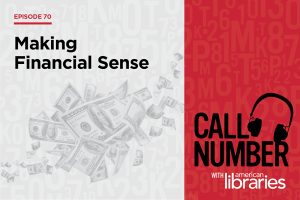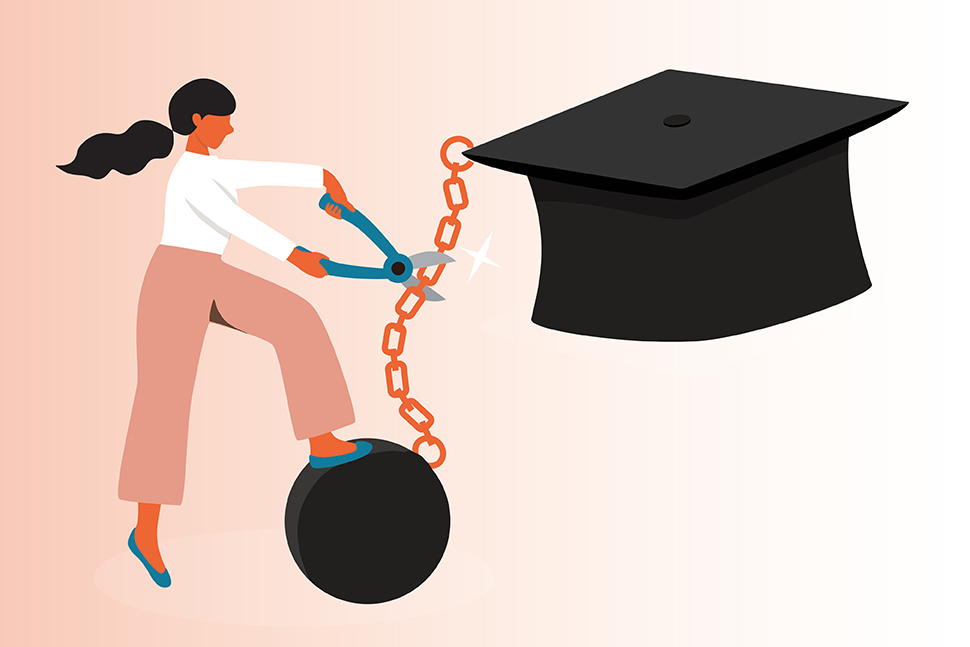
Many things stick with you long after you graduate from college—the education you received, the friends you made, and, too often, the expenses incurred. For thousands of Americans saddled with debilitating college debt, the Public Service Loan Forgiveness (PSLF) program, established by the College Cost Reduction and Access Act of 2007, has helped cut down on those repayment bills.
Created to facilitate the forgiveness of remaining balances on federal Direct Loans (student loans made directly by the US Department of Education), PSLF made headlines as a way to free up financial futures for many people. To be eligible for forgiveness, individuals had to have made 120 monthly payments under a qualifying repayment plan while also working full-time for a US federal, state, local, or tribal government or not-for-profit organization.
Red tape and bureaucratic headaches were soon reported, however. To date, significantly more people have been turned down than accepted into the program. For perspective, we spoke with several librarians about their paths toward acceptance.
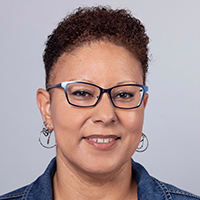 Kyra Hahn
Kyra Hahn
Public service librarian and founder of the Facebook group Librarian 4 PSLF; many see her as a leader and advocate for the program.
Amount Forgiven: Approximately $50,000
“I never imagined that getting a college degree would equal debt for life,” says Hahn, whose loan encompasses multiple degrees. Before learning about the forgiveness program, she says, “It felt like I’d be paying until retirement.”
Now, Hahn says, she feels a weight has been lifted from her shoulders, allowing her to “assist with family, look for new opportunities … and continue advocacy work for improvements to the PSLF program.”
Hahn also appreciates the work of American Library Association President Patricia “Patty” M. Wong, who produced a series of webinars on PSLF. “Her action has made my professional dream come true, raising awareness of this resource to … everyone within our profession,” she says.
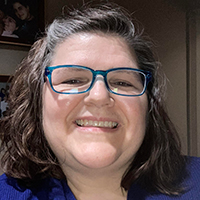 Janet O’Keefe
Janet O’Keefe
Librarian at Flint (Mich.) Public Library
Amount Forgiven: Approximately $29,000*
Although she has yet to be accepted into the forgiveness program, O’Keefe is optimistic about her finances for the first time. “It’s no exaggeration to say this would be life-changing,” she says.
“I graduated in December 1998, and I still owe nearly half of my original principal amount. That’s ridiculous,” she says. If she qualifies for the PSLF, O’Keefe says, her future would be in her hands.
*O’Keefe received the news in the middle of May that her loans were forgiven.
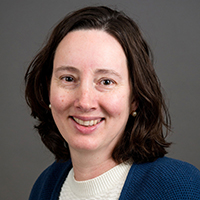 Julia Warga
Julia Warga
Director for research and instruction at Kenyon College in Gambier, Ohio
Amount Forgiven: Approximately $9,500
Warga had been making payments toward her graduate school loans since late 2003, but she still struggled for acceptance into the PSLF program. “I eventually gave up hope of my loan forgiveness ever happening,” she says.
Then, in January 2022, after receiving yet another rejection notice earlier that same month, Warga was accepted.
Having the debt forgiven, she says, “means I can focus on saving money for my retirement, and for my child’s college tuition. I feel a huge sense of relief.”
 Heather James
Heather James
Associate dean of scholarly resources at Gonzaga University in Spokane, Washington
Amount Forgiven: Approximately $89,000
Like so many others, James found that her debt made it difficult to buy a house or plan for the cost of daycare and other necessities, and it severely limited the funds she could contribute to charitable organizations close to her heart. She turned to PSLF for help but found the process frustrating.
Since first completing paperwork for the program 10 years ago, James has had to “sit on hold, write letters, and go over my repayment statements multiple times to get qualifying payment counts corrected,” she says. “I feel relieved that the system was finally reviewed critically, and I’m grateful that it’s worked for me, but I also feel vindicated.”
For James, the time has come to take a closer look at the costs of higher education. “If education is a human right, which I think it is, then we can’t set it up as a system where a person has to sign away their future in order to access it,” she says. “It’s like an undergraduate degree is being offered by Rumpelstiltskin.”
 Sonya Durney
Sonya Durney
Scholarly communication, research, and teaching librarian at University of New England in Biddeford, Maine; vice president of the Maine Library Association
Amount Forgiven: Approximately $80,000
Durney was accepted into the PSLF program in 2011 and had two batches of loans forgiven. Before receiving relief, she read about applicants who had been denied and wondered if her own loans would ever be forgiven. “A huge burden was the uncertainty,” she says.
“Having these loans forgiven signals that society appreciates the libraries and librarians working hard to help our communities meet goals by providing equitable access to information,” she says. “Communities need librarians. Public service forgiveness feels like a ‘thank you.’”
The PSLF program has allowed Durney to start thinking more about her future, she says, without the burden of overwhelming debt.
A version of this story first appeared on americanlibraries.org on March 15.

